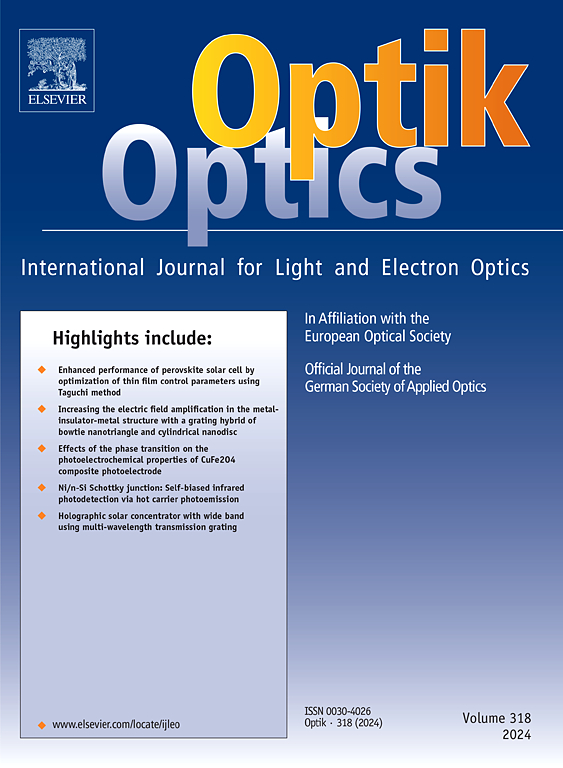聆听超短激光脉冲以确定其特性
IF 3.1
3区 物理与天体物理
Q2 Engineering
引用次数: 0
摘要
由于墨子在公元前5世纪首次描述了暗箱背后的物理原理,他在墨经中说:“光线像箭一样直线传播;物体通过小孔时,其下部向上投射成像,上部向下投射成像。(景光之人煦若射,下者之入也高,高者之入也下。)在美国,人们认为光只能通过“看”来探测。然而,这项研究打破了数百年来的这种哲学,并证明光脉冲剖面也可以通过“倾听”来检测。在这里,我们使用飞秒激光脉冲通过光声效应产生空气等离子体和声波。提出了一种非线性无晶声自相关方法来检测这些声信号。通过测量自相关声信号来确定超短激光脉冲和空气等离子体的特性。这种激光诱导的声音自相关的潜在应用包括激光脉冲的超快表征方法,以及确定等离子体和电磁波之间动态相互作用的诊断技术。本文章由计算机程序翻译,如有差异,请以英文原文为准。
Listening to ultrashort laser pulses to determine their characteristics
Since the physical principle behind Camera Obscura was first described by Mozi during the 5th century BC, stating in Mo Jing (墨經, is an ancient Chinese philosophical and scientific text attributed to the Mohist school): “Light rays travel straight, like arrows; when passing through a small hole, the lower part of an object projects an image upward, and the upper part projects an image downward.” (景光之人煦若射,下者之入也高,高者之入也下。), people believed that light could only be detected by “seeing.” However, this study breaks this philosophy for hundreds of years and demonstrates that light pulse profile can also be detected by “LISTENING.” Here, we use femtosecond laser pulses to generate air plasma and sound waves via the photoacoustic effect. A nonlinear crystal-free sound autocorrelation is developed to detect these acoustic signals. The autocorrelated sound (AS) signals are measured to determine the characteristics of ultrashort laser pulses and air plasma. Potential applications for this laser-induced sound autocorrelation include a method for ultrafast characterization of laser pulses and as a diagnostic technology to determine the dynamic interaction between plasma and electromagnetic (EM) waves.
求助全文
通过发布文献求助,成功后即可免费获取论文全文。
去求助
来源期刊

Optik
物理-光学
CiteScore
6.90
自引率
12.90%
发文量
1471
审稿时长
46 days
期刊介绍:
Optik publishes articles on all subjects related to light and electron optics and offers a survey on the state of research and technical development within the following fields:
Optics:
-Optics design, geometrical and beam optics, wave optics-
Optical and micro-optical components, diffractive optics, devices and systems-
Photoelectric and optoelectronic devices-
Optical properties of materials, nonlinear optics, wave propagation and transmission in homogeneous and inhomogeneous materials-
Information optics, image formation and processing, holographic techniques, microscopes and spectrometer techniques, and image analysis-
Optical testing and measuring techniques-
Optical communication and computing-
Physiological optics-
As well as other related topics.
 求助内容:
求助内容: 应助结果提醒方式:
应助结果提醒方式:


